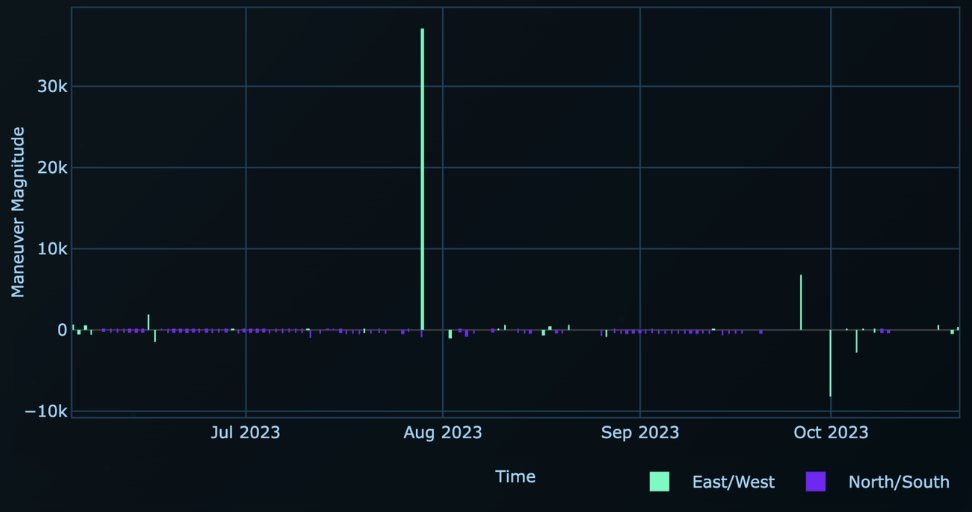My new piece: how heavy are Russian casualties in Ukraine, and how do we know? It depends greatly on the assumptions one makes about wounded-to-killed ratios in war, which in turn hinges on military medicine and the evolution of tactics over the invasion. economist.com/europe/2022/07…
In the first & second world wars, roughly three soldiers were wounded for every one killed. That soared over the 20th century, as @tanishafaza's research shows. But the Russian ratio is lower: three to one, according to @CIA director Bill Burns last week. economist.com/europe/2022/07… 

Other estimates posit a higher wounded to killed ratio. It's probably risen as artillery, which wounds through shrapnel, has come to play a dominant role. But high ratios that mean even modest numbers of deaths can equate to enormous casualties overall. economist.com/europe/2022/07…
For more on wounded to killed ratios, see the work of the @dupuyinstitute, which draws on historical data. dupuyinstitute.org/blog/2016/10/2…
dupuyinstitute.org/blog/2022/06/0…
dupuyinstitute.org/blog/2022/06/0…

.@tanishafazal's excellent paper on the topic is below. She points out: "because of improvements in military medicine, the same conflict that produced 1,200 fatalities in 1860 is likely to have produced 800 fatalities in 1980". But relatively more wounded.
belfercenter.org/sites/default/…
belfercenter.org/sites/default/…

.@KofmanMichael's thread from May is here. He notes: "The problem with higher range KIA counts is that you quickly develop input/output problems. There are more casualties than could feasibly be involved in the fight...certain numbers become implausible"
https://twitter.com/KofmanMichael/status/1526219837013385216?s=20&t=gKA_PyMn_85wlSYpOf0pBQ
And now we have another US casualty estimate, which reinforces my point that Bill Burns’ public figure of 15,000 Russians killed & 60,000 casualties overall was chosen from the *lower* end of the US spectrum.
https://twitter.com/MarshallCohen/status/1552397268082466822
I’m going to go mad tracking these casualty estimates. Because a few weeks after the CIA director said 60,000 Russian casualties, DoD says 70-80,000. Different people plucking figures from across the estimated interval?
https://twitter.com/idreesali114/status/1556689518476115970
• • •
Missing some Tweet in this thread? You can try to
force a refresh









